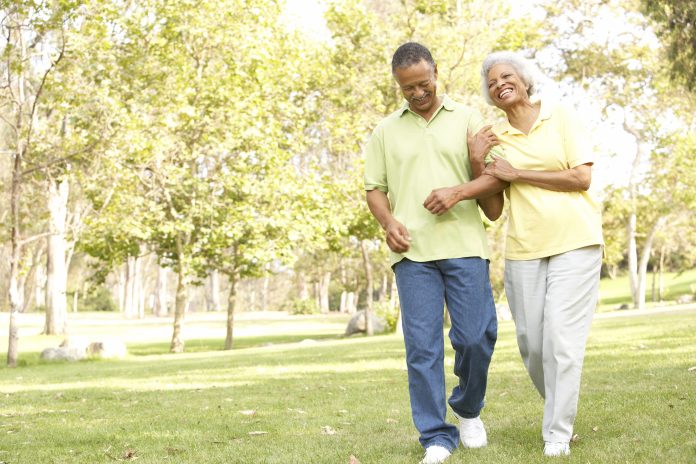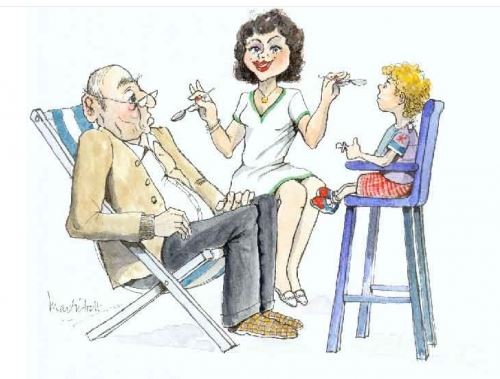March 30th is “Take a Walk in the Park Day” and no one knows more than seniors how walking can improve senior health. Besides being relaxing, a walk in the park gives you the chance to spend time with nature and enjoy your day.
What muscles are involved in walking?
Walking gives you a whole body workout.
- Your quadriceps at the front of your thighs push you forward. They are the body’s largest muscles.
- The hamstrings at the back of your thigh move your leg backward.
- Each step you take contracts your stomach muscles.
- The muscles in your calves are used with each step.
- Your buttock muscles complete each step. If you notice these muscles sagging, they are telling you that you are not walking enough!
Other muscles involved in walking include the muscles in your arms and shoulders, spine and pelvis.
Now that you know the physiology behind walking, what are it’s benefits?
Walking is an easy to stick to exercise since it involves nothing more than putting on your shoes and going around the block. For those with physical disabilities, any amount of walking around your home will help.
- Walking will boost your immune system by increasing your circulation and easing stress.
- It lowers your risk of cancer, diabetes and heart disease.
- There is no better mood stabilizer than walking. Physical exercise increases your endorphins which improve your happiness level.
- Walking helps you lose weight, increases flexibility and helps with balance. It can be done slowly or quickly.
- Compared to running or jogging, walking is low impact. It puts less stress on your joints, which means less chance of injury.
All in all, walking is the perfect workout, whatever your age. It costs you nothing, can be done in all types of weather (if you like) and can be done alone or as part of a group. What better day to start walking than “Take a Walk in The Park Day”!























